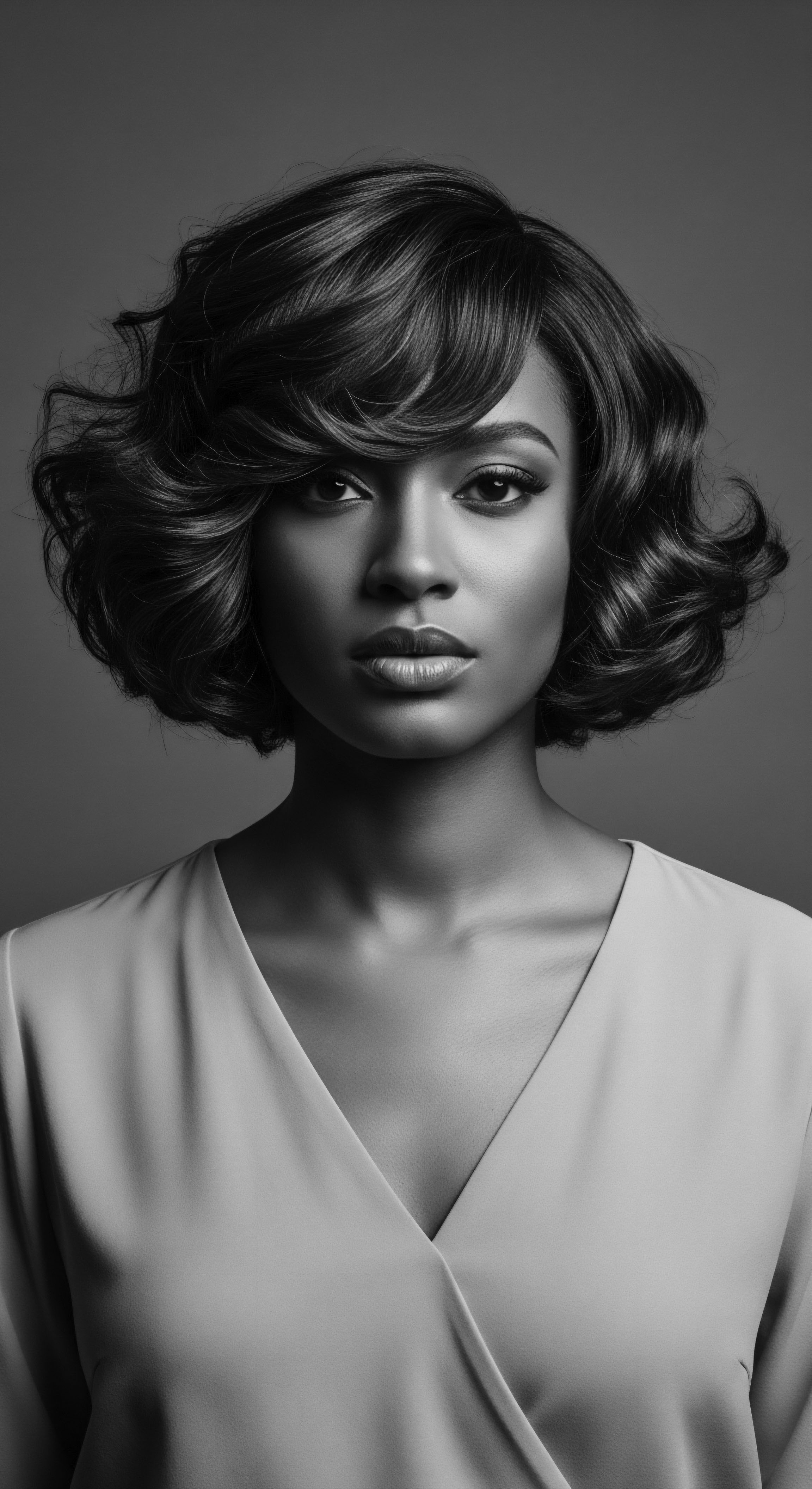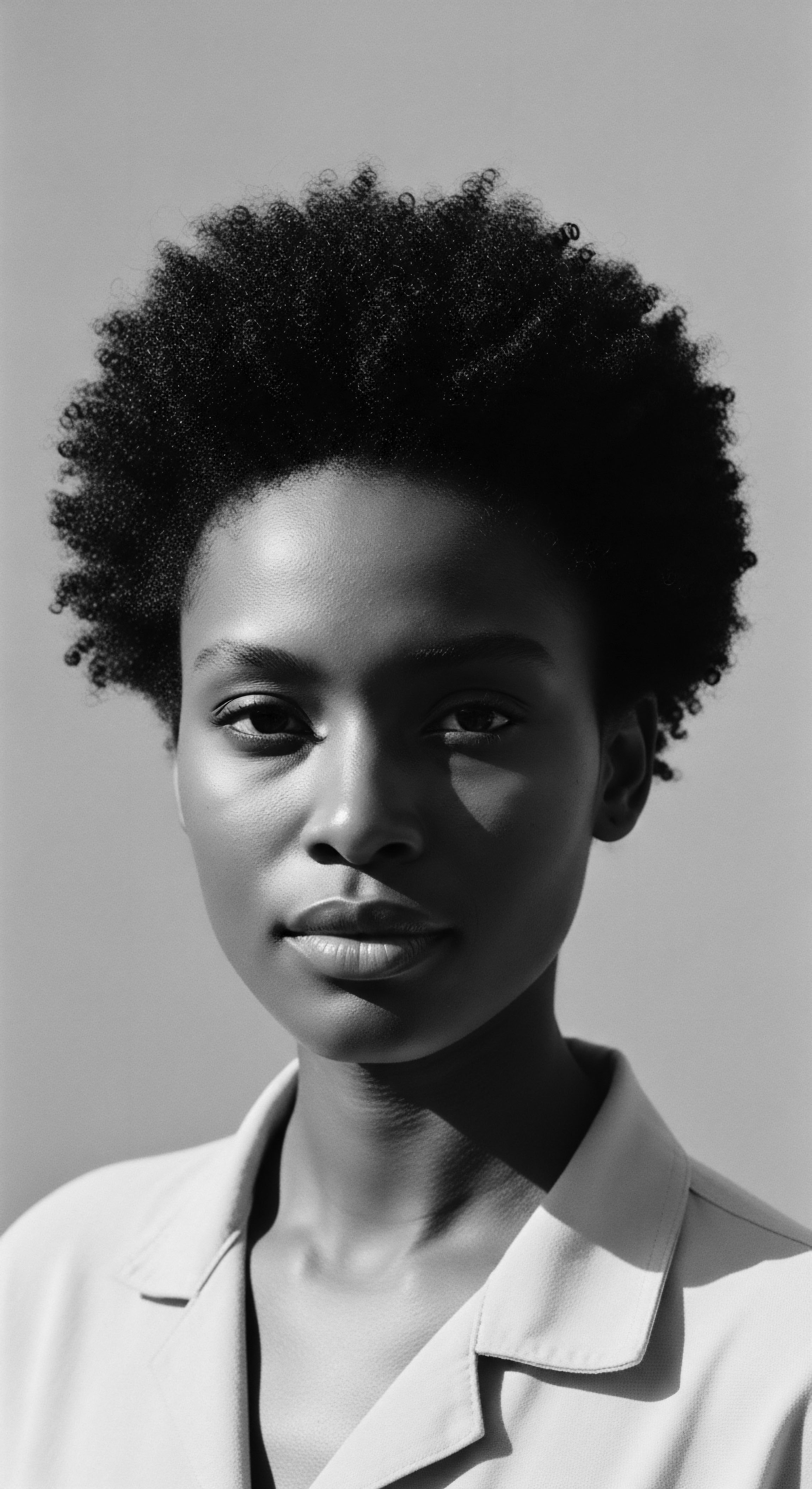
How did historical hair policies affect Black identity?
Historical hair policies sought to suppress Black identity by devaluing textured hair, but fueled resilience and cultural reclamation.

What is the historical basis for hair discrimination laws?
Hair discrimination laws stem from centuries of systemic racism, designed to control and suppress textured hair as a visible aspect of Black heritage and identity.

How does CROWN Act honor hair heritage?
The CROWN Act legally protects the right to wear natural, textured hair, honoring ancestral heritage and combating race-based discrimination.

What historical examples show hair as a symbol of resistance?
Textured hair has historically served as a potent symbol of resistance, embodying cultural identity and defiance against oppression within Black and mixed-race heritage.

How do cornrows connect modern Black identity to historical acts of resistance?
Cornrows deeply connect modern Black identity to historical resistance through cultural preservation, covert communication, and an enduring assertion of heritage.

Which states have recognized hair heritage in anti-discrimination statutes?
Twenty-seven states have enacted the CROWN Act or similar legislation to prohibit hair discrimination, recognizing textured hair as a protected racial trait.
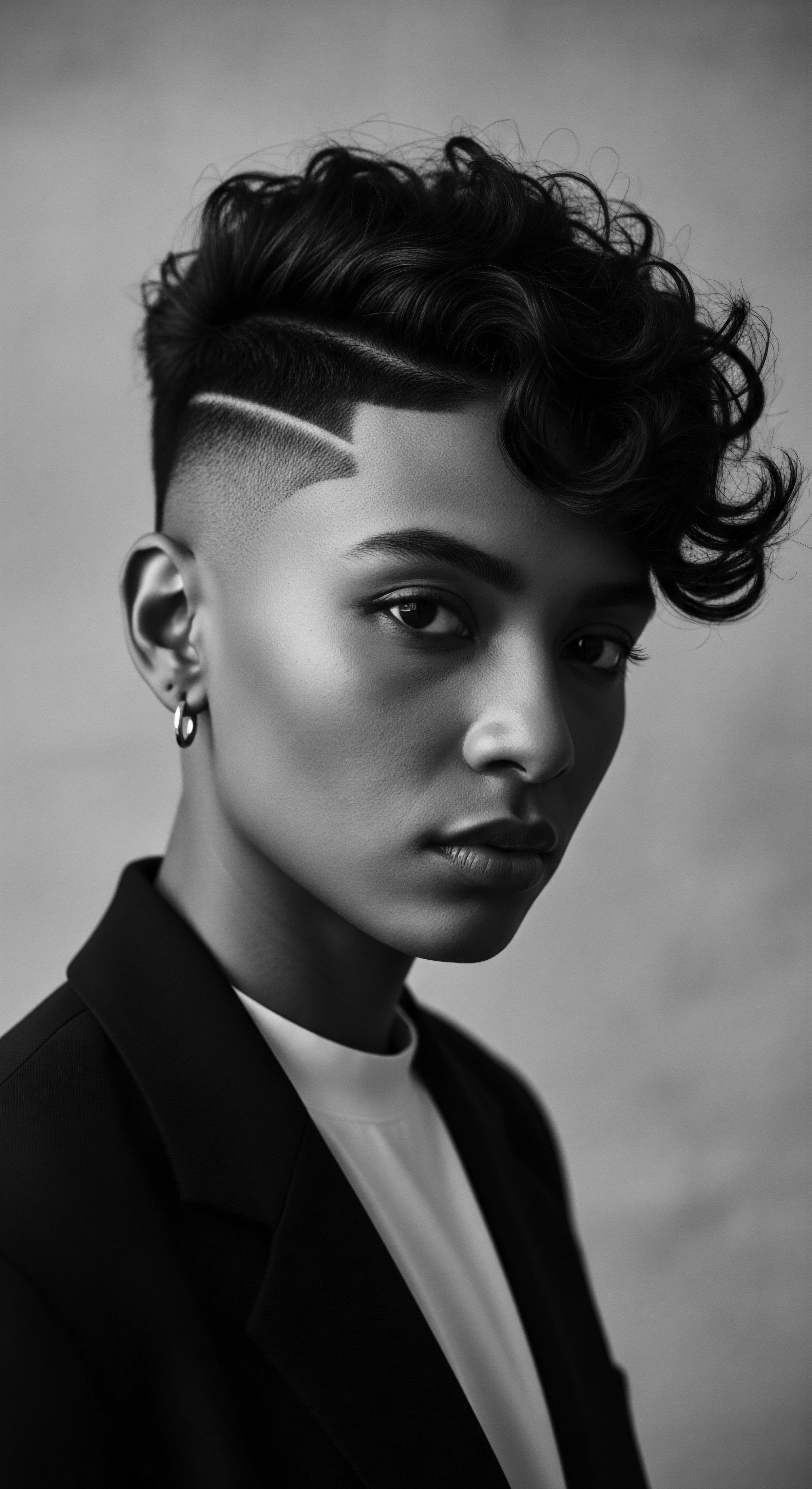
In what ways did textured hair serve as a symbol of identity and resistance throughout history?
Textured hair has served as a powerful, enduring symbol of identity and resistance throughout history, deeply rooted in ancestral heritage and cultural affirmation.
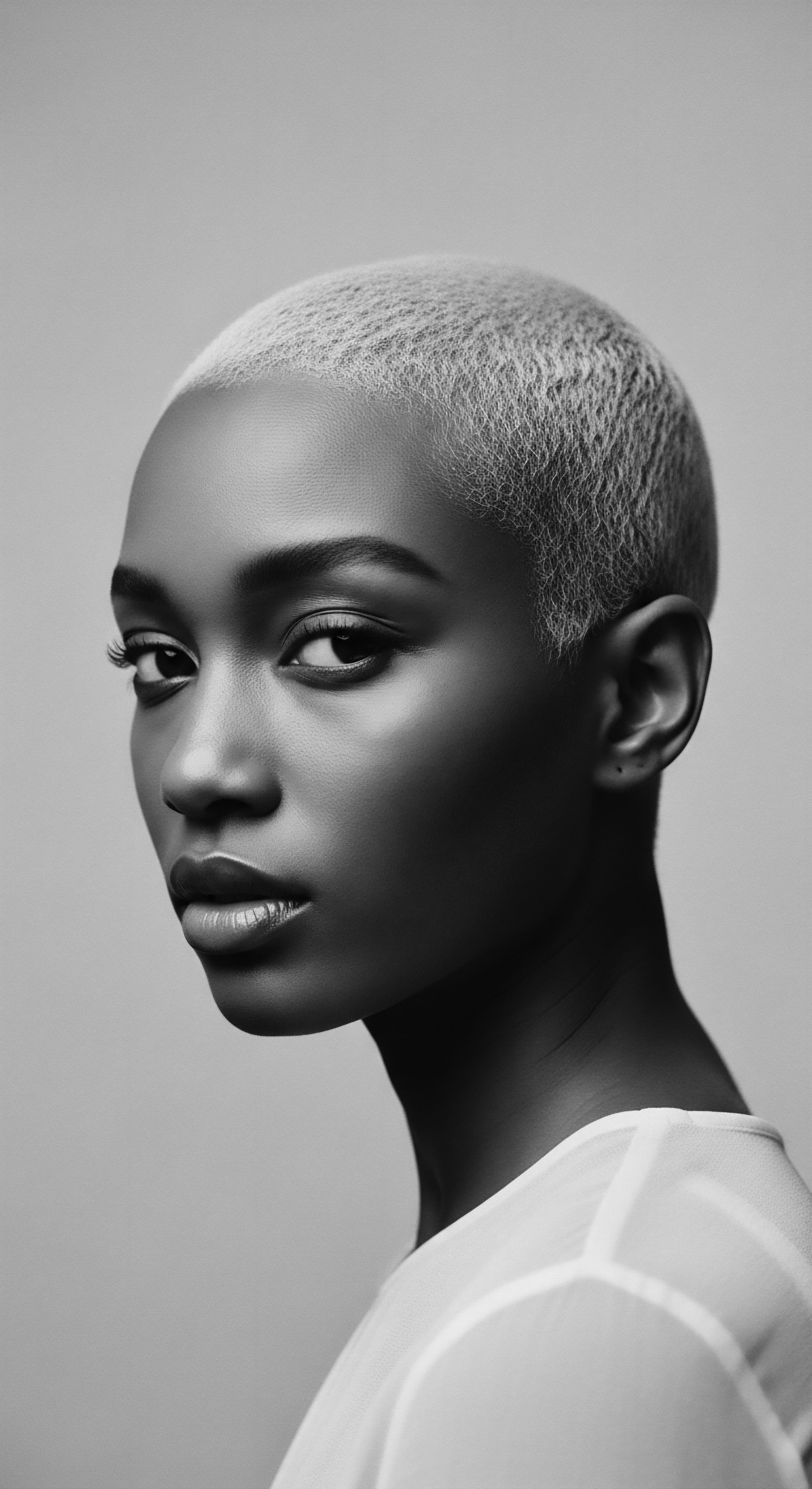
How do historical beauty standards relate to textured hair heritage?
Historical beauty standards, rooted in Eurocentric ideals, profoundly shaped perceptions of textured hair, leading to its suppression while simultaneously fueling a powerful heritage of resilience and cultural affirmation.

In what ways did textured hair serve as a symbol of resistance historically?
Textured hair historically served as a profound emblem of resistance, a living testament to identity, communication, and unyielding cultural heritage.

How did historical laws influence the perception of Afro-textured hair?
Historical laws altered Afro-textured hair's public perception, forcing conformity but sparking powerful acts of cultural heritage preservation.
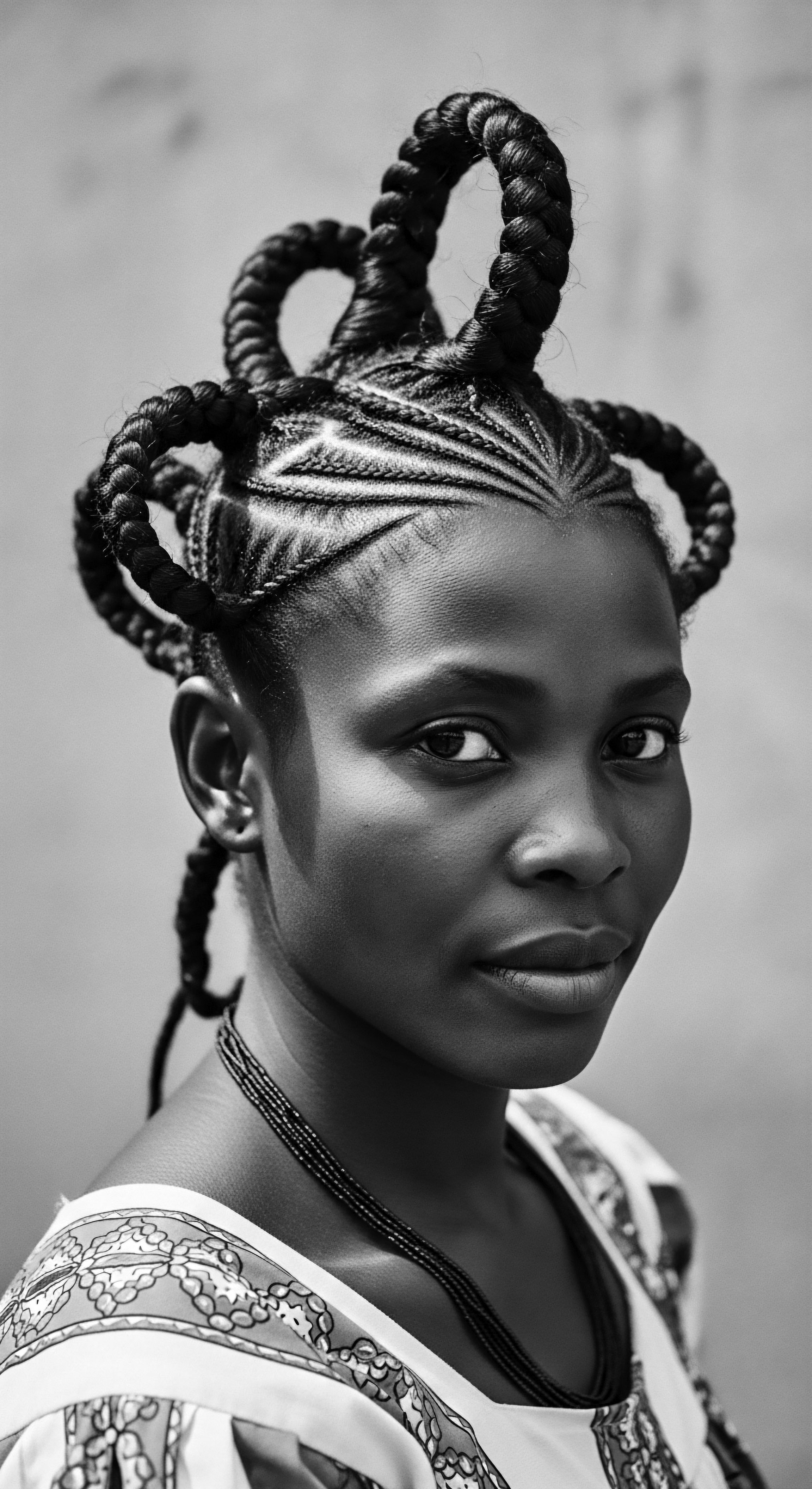
How has textured hair guided cultural stories?
Textured hair guides cultural stories through ancestral wisdom, silent resistance, and ongoing expressions of heritage.
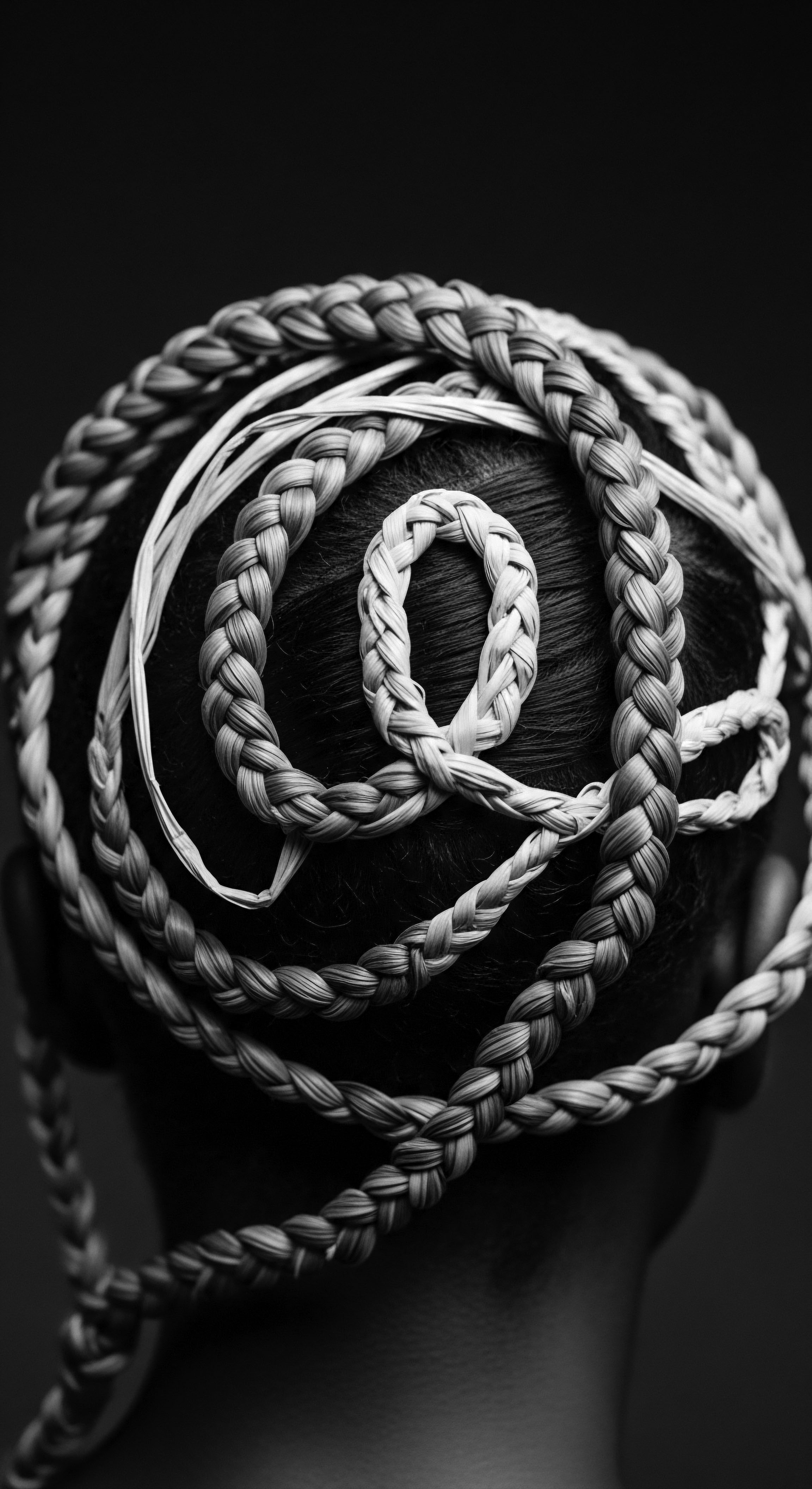
How do current workplace policies influence textured hair decisions?
Workplace policies often pressure textured hair conformity, challenging an individual's connection to heritage and cultural expression.

How did the natural hair movement reshape perceptions of textured beauty?
The natural hair movement fundamentally transformed perceptions by rooting textured beauty in a reclaimed heritage of ancestral wisdom and self-acceptance.
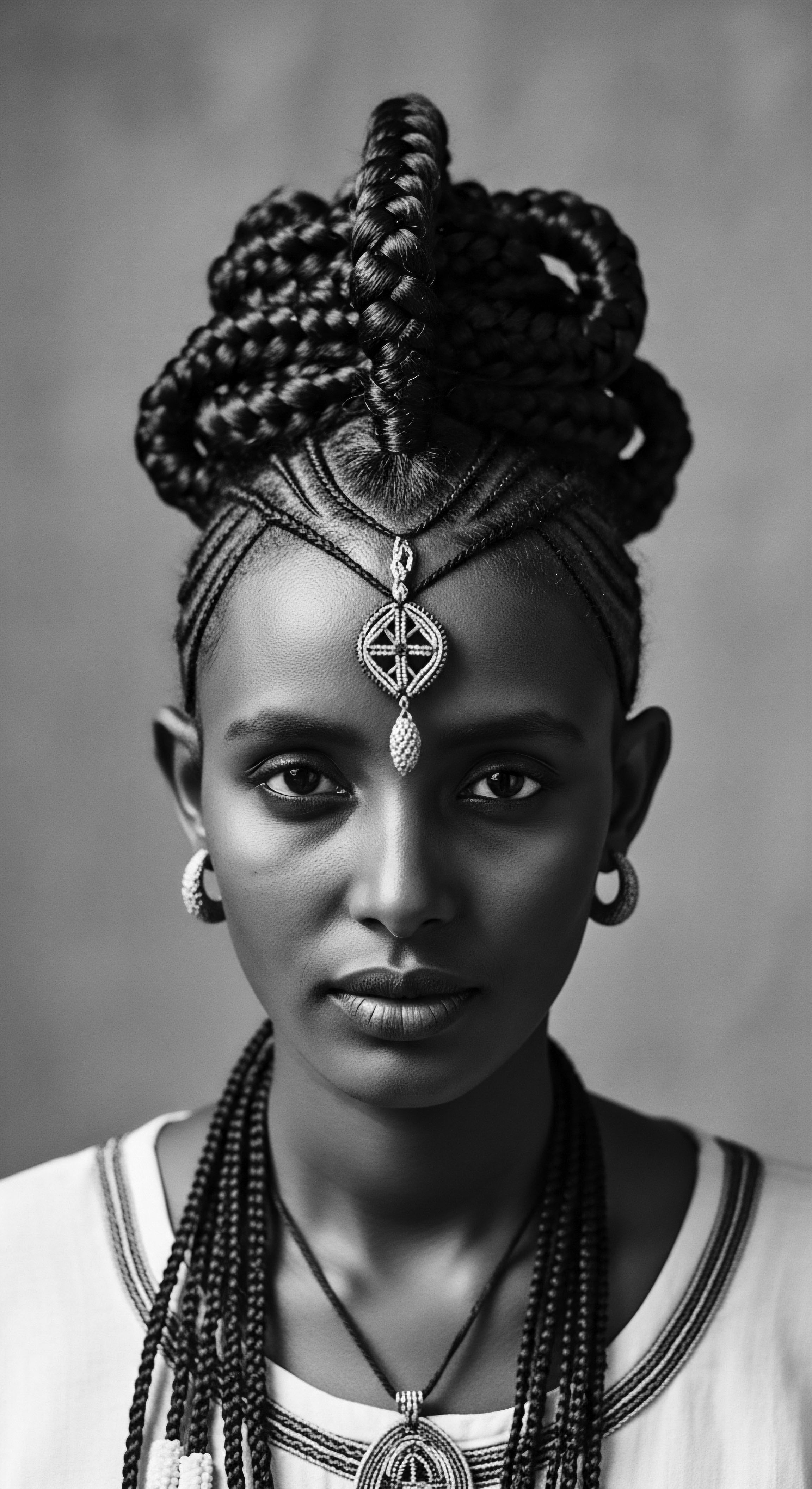
How do historical attitudes affect textured hair perceptions today?
Historical attitudes of devaluation and control continue to affect textured hair perceptions, compelling a strong movement of heritage reclamation.

Why is Afro-textured hair called misunderstood?
Afro-textured hair is called misunderstood due to historical oppressions and a lack of cultural context, overshadowing its profound ancestral wisdom and scientific uniqueness.

Identity in Education
Meaning ❉ Identity in Education explores how one's hair heritage shapes self-perception and experiences within learning environments.

How do global legal efforts protect textured hair traditions?
Global legal efforts protect textured hair traditions by enacting anti-discrimination laws and advocating for cultural heritage recognition.

School Hair Discrimination
Meaning ❉ School Hair Discrimination is the systematic invalidation of natural hair and protective styles, rooted in historical biases and impacting a student's cultural identity.

Education Law
Meaning ❉ Education Law encompasses the legal principles governing schools, crucially shaping student rights and experiences, particularly concerning the profound cultural heritage of textured hair.
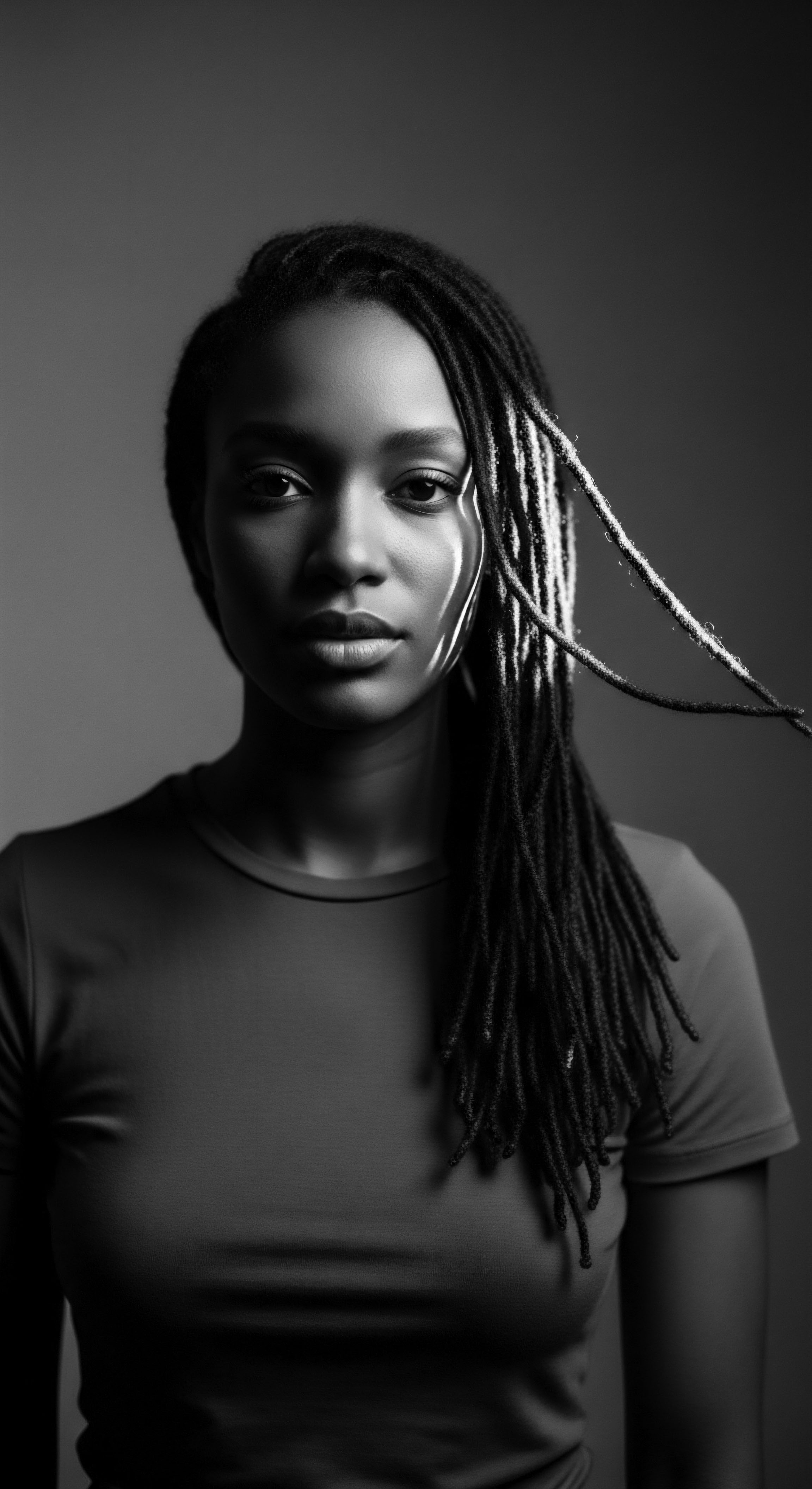
How did the Civil Rights Movement shape current textured hair acceptance?
The Civil Rights Movement profoundly shifted textured hair acceptance by transforming it into a powerful symbol of Black pride, deeply connecting it to ancestral heritage.

How does social control impact textured hair choices today?
Social control, rooted in historical oppression, continually shapes textured hair choices by imposing Eurocentric beauty standards. The heritage of these strands fuels ongoing resistance and affirmation.

What legal challenges remain for textured hair in educational settings?
Legal challenges for textured hair in schools often stem from policies rooted in bias, hindering cultural expression and ancestral connections.

How does the CROWN Act honor textured hair ancestral practices?
The CROWN Act honors textured hair ancestral practices by legally safeguarding Black and mixed-race hair textures and protective styles, affirming cultural heritage against discrimination.

What is the role of the CROWN Act in textured hair pride’s progression?
The CROWN Act affirms the legal right to wear textured hair, anchoring modern pride in a rich heritage of ancestral practices and resilience against historical prejudice.

What historical struggles led to contemporary textured hair legislation?
Contemporary textured hair legislation emerges from a long history of struggles to define and control Black hair, affirming its sacred cultural heritage.

